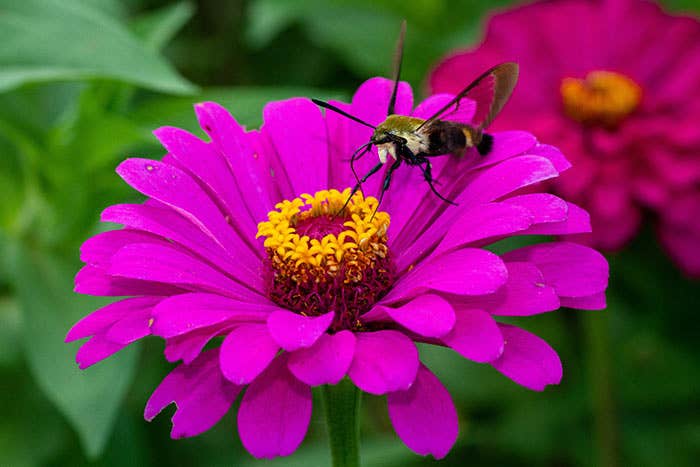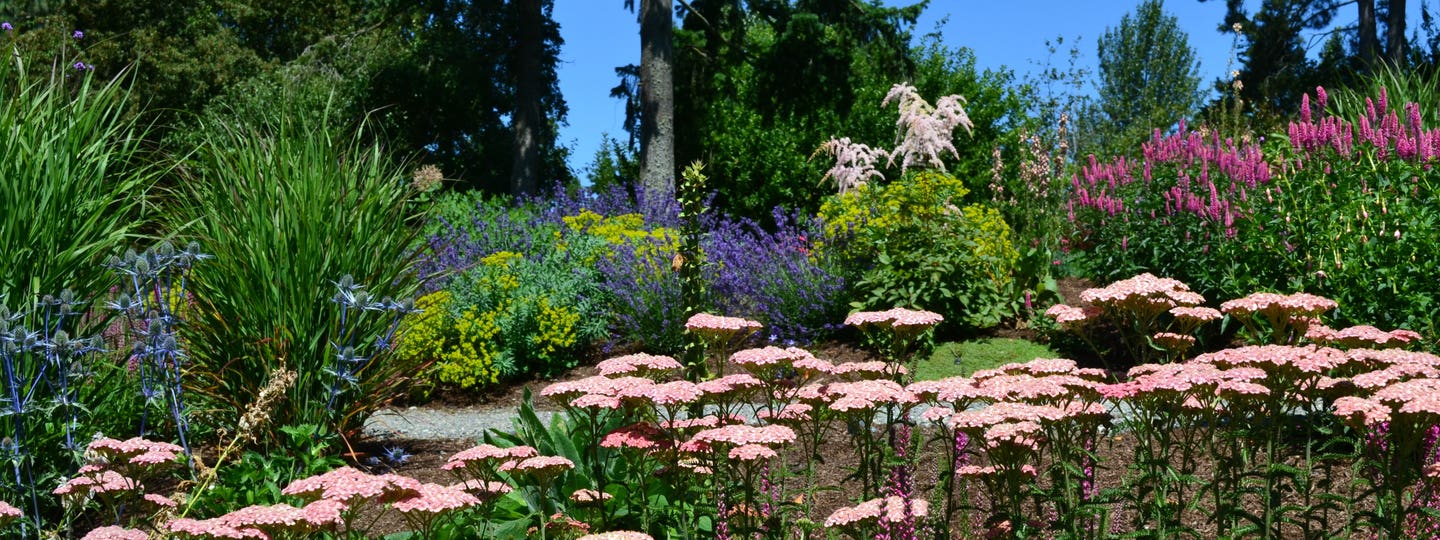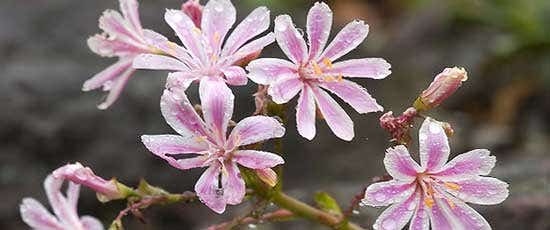At Seattle Youth Garden Works, disadvantaged kids ages 16 to 22 learn life and job skills and earn money by growing vegetables and herbs and selling them at local farmer's markets. Their display garden al last year's Northwest Flower and Garden Show — rows of corn, carrots, fennel, and European pears garnished with primroses and a hand-painted mural—vanquished flashier and more professional displays.
The judges were wowed by the authenticity and charm of the nonprofits first-ever entry and awarded it Best in Show.
Seattle Youth Garden Works is part of the thriving community gardening scene in and around Seattle. And Seattle's community gardens—from subsistence farms to butterfly borders—are part of a nation wide trend toward urban havens where the sowing of vegetables and flowers reaps a harvest of shared purpose.
Within Seattle's city limits lie 70 communal gardens, or pea patches, up from 30 a decade ago. There's a three-year waiting list for space in the most popular ones. Pea patches used lo be viewed as an interim use of park land, but now the Seattle Park Department recognizes pea patches as valid recreational park use. Many of the plots serve as a social outlet and a safe place for kids lo play, besides offering the chance to work the earth familiar rhythms
Bradner Gardens in the city's south end is one exciting example of a successful plot and how a pea patch can bring people together for more than planting; and weeding. A 1.6-acre site with a terrific view out over Seattle, Bradner was home to abandoned portable classrooms and a pea patch for Laotian immigrants. When City Hall wanted to sell the site to a developer, tenacious volunteers fought and won. They have since created a lively, art-filled, multi-use property that's become a magnet for people around the city. A hundred gardeners of diverse backgrounds, in-eluding some of the original Laotians, till their own plots. Master Gardeners hold J clinics, and the children's garden bustles ? with activities. The new community center was built with sustainable materials, and the entire site is pesticide-free—as all Seattle pea patches are.
Perhaps for too long, gardening has been a solitary communion with nature in our own backyards. While we've been lending our personal Edens. others have had the altruism and vision to seek a larger concept, one that enriches our environment, feeds the hungry, heals our children, and celebrates gardening en masse.





